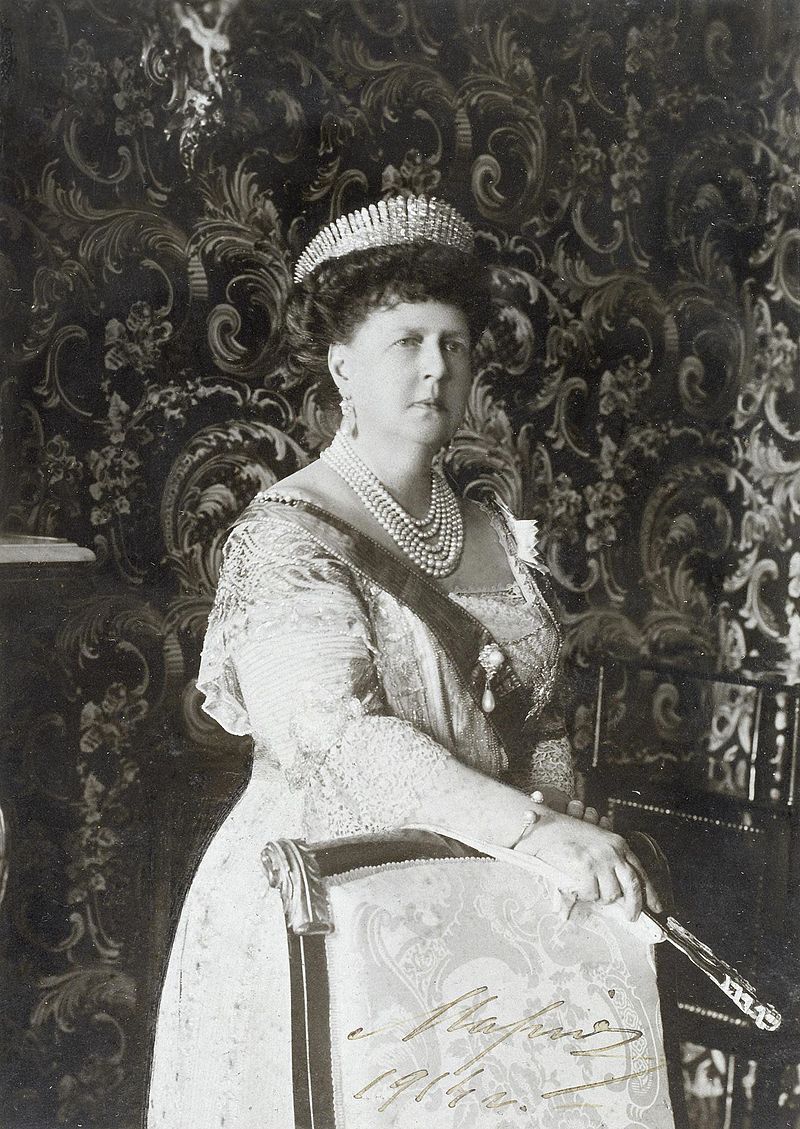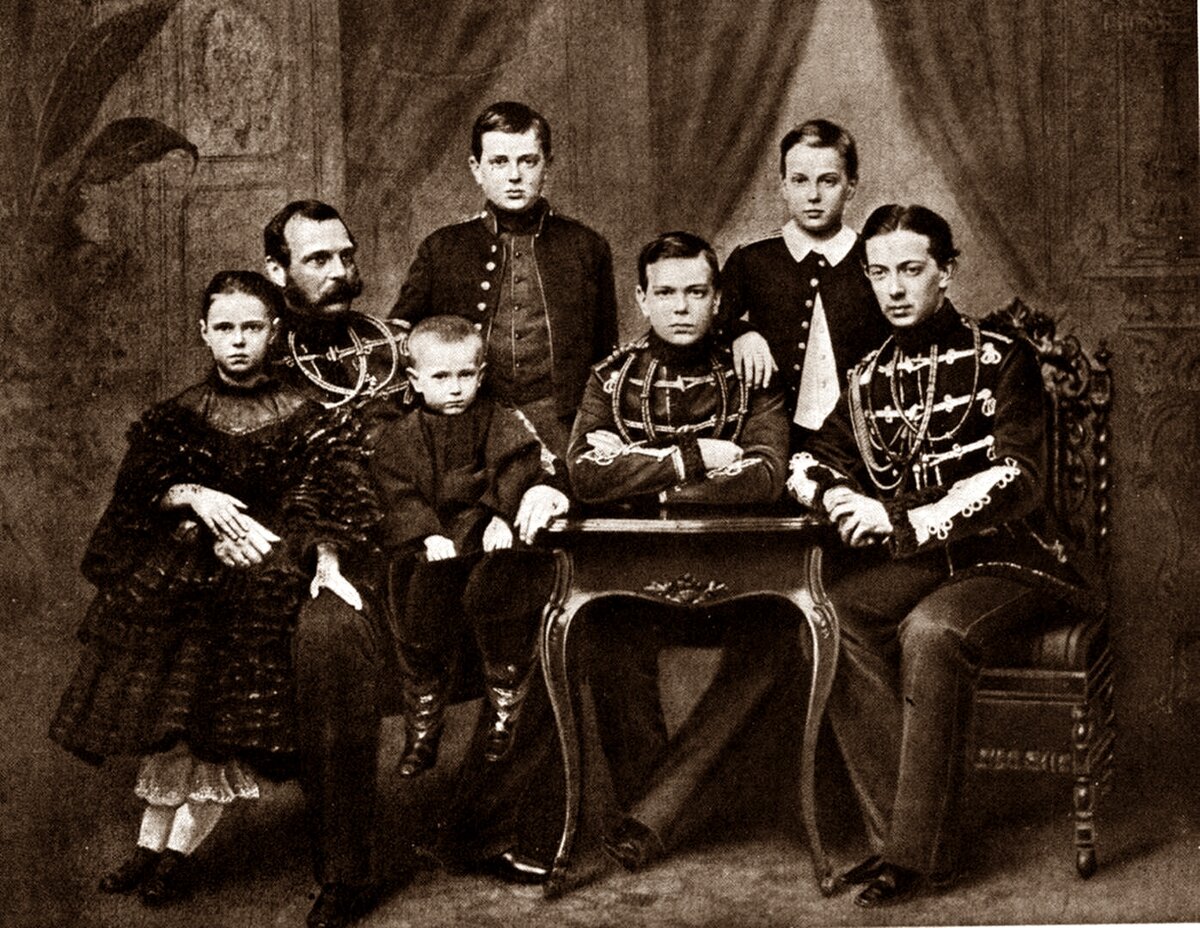by Scott Mehl © Unofficial Royalty 2015
Saxe-Coburg-Saalfeld/Saxe-Coburg and Gotha: In 1675, Ernst I, Duke of Saxe-Gotha-Altenburg died. Initially, his seven sons collectively governed the Duchy of Saxe-Gotha-Altenburg, as set out in their father’s will. In 1680, the seven brothers concluded a treaty of separation, with each brother getting a portion of the Duchy of Saxe-Gotha Altenburg and becoming a Duke. One of the seven new duchies was the Duchy of Saxe-Saalfeld and Johann Ernst, one of the seven sons of Ernst I, Duke of Saxe-Gotha-Altenburg became the first Duke of Saxe-Saalfeld. When two of his brothers died without male heirs, Johann Ernst took possession of Coburg (in 1699) and Römhild (in 1714). In 1699, Johann Ernst’s title changed to Duke of Saxe-Coburg-Saalfeld.
In 1825, 145 years after the initial split, another line became extinct and there was another split between three surviving duchies. Ernst III, Duke of Saxe-Coburg-Saalfeld became Ernst I, Duke of Saxe-Coburg and Gotha. For more information on the switch, see Saxe-Coburg-Saalfeld/Saxe-Coburg and Gotha Index.
On November 9, 1918, after the German Empire lost World War I, the Workers’ and Soldiers Council of Gotha, deposed the last Duke of Saxe-Coburg and Gotha, Charles Edward, a grandson of Queen Victoria. Five days later, he signed a declaration relinquishing his rights to the throne. The territory that encompassed the Duchy of Saxe-Coburg and Gotha is now in the German states of Bavaria and Thuringia.
********************

source: Wikipedia
Grand Duchess Maria Alexandrovna of Russia, Duchess of Edinburgh, Duchess of Saxe-Coburg and Gotha
Grand Duchess Maria Alexandrovna of Russia was the wife of Prince Alfred, Duke of Edinburgh and Duke of Saxe-Coburg and Gotha, the second son of Queen Victoria of the United Kingdom and Prince Albert of Saxe-Coburg and Gotha. She was born on October 17, 1853, at Tsarskoye Selo, near St. Petersburg, Russia, the only daughter of Alexander II, Emperor of All Russia and Princess Marie of Hesse and by Rhine.
Marie had seven siblings:
- Grand Duchess Alexandra (1842-1849) – died of meningitis
- Tsarevich Nicholas Alexandrovich (1843-1865) – engaged to Dagmar of Denmark, died of meningitis
- Alexander III, Emperor of All Russia (1845-1894) – married to Dagmar of Denmark, had issue
- Grand Duke Vladimir (1847-1909) – married Marie of Mecklenburg-Schwerin, had issue
- Grand Duke Alexei (1850-1908) – unmarried, had illegitimate issue
- Grand Duke Sergei (1857-1905) – married Elisabeth “Ella” of Hesse and by Rhine, no issue
- Grand Duke Paul (1860-1919) – (1) Alexandra of Greece and Denmark (Alexandra Georgievna), had issue (2) Olga Karnovich, had issue

Marie with her father and siblings, 1860. source: Wikipedia
Raised as the only daughter, Maria was very close to her father, who was completely devoted to her. She also had very close relationships with her brothers but was not particularly close to her mother. Despite this, her mother’s death in 1880 was very difficult for Maria.

The Orthodox wedding of Maria and Alfred, painting by Nicholas Chevalier. source: Wikipedia
During a family holiday in Hesse in 1868, Marie first met Prince Alfred. Despite the misgivings of both her parents and Alfred’s mother, the couple was married on January 23, 1874, at the Winter Palace in St. Petersburg, Russia. Upon their return to London, they took up residence at Clarence House in London, and Eastwell Park in Kent, which they leased until 1893.
- Unofficial Royalty: Wedding of Grand Duchess Marie Alexandrovna and Prince Alfred, Duke of Edinburgh
Marie and Alfred had five children:
- Prince Alfred “Affie”, Hereditary Prince of Saxe-Coburg and Gotha (1874-1899) – unmarried, no issue
- Princess Marie (1875-1938) – married King Ferdinand of Romania, had issue
- Princess Victoria Melita (1876-1936) – married (1) Grand Duke Ernst Ludwig of Hesse and by Rhine (divorced), had issue; (2) Grand Duke Kirill Vladimirovich of Russia, had issue
- Princess Alexandra (1878-1942) – married Ernst II, Prince of Hohenlohe-Langenburg, had issue
- Princess Beatrice (1884-1966) – married Infante Alfonso of Spain, Duke of Galliera, had issue
The new Duchess of Edinburgh was not well received by British society, many of whom thought her very condescending and haughty. And from most accounts, this was very true. Used to the splendor and pageantry of the Russian court, she found the British court very dull by comparison. She also felt that, as the daughter of an Emperor, she should outrank all the other members of the British royal family – in particular, her sister-in-law, The Princess of Wales, who was merely the daughter of a king. Despite the demands of Marie and her father, Queen Victoria would not sanction anything of the sort.
In August 1893, her husband became the reigning Duke of Saxe-Coburg and Gotha upon the death of his childless uncle, Ernst II. They had owned a home in Coburg – Palais Edinburg – since the early 1880s, but now took up permanent residence in Schloss Ehrenburg, the traditional ducal residence in the city. They also lived at Schloss Rosenau, which Ernst II had given to Alfred as his personal property. The new Grand Duchess of Saxe-Coburg and Gotha, Marie was very pleased with her new position, no longer outranked by her sisters-in-law, and no longer under the constant watchful eye of her mother-in-law. From that point on, she rarely spent any significant amount of time in Britain.

The Duke and Duchess of Saxe-Coburg and Gotha with their daughters, and the Dowager Duchess. source: Wikipedia
In 1899, Marie and Alfred celebrated their 25th wedding anniversary. During the celebrations in January, their son Affie attempted suicide and died shortly thereafter. The following year, her husband died and the Ducal throne passed to his nephew, Charles Edward, Duke of Albany. Marie returned to Palais Edinburg and also spent much of her time at Schloss Rosenau.
The remaining years of her life saw the overthrow of the Russian monarchy, the murders of many of her Russian relatives, and the end of the Duchies of Saxe-Coburg and Gotha. Her last remaining brother, Grand Duke Paul, was murdered by the Bolsheviks in January 1919, leaving Marie the last of her generation.
The Dowager Duchess of Saxe-Coburg and Gotha died on October 24, 1920, in Zurich, Switzerland. Legend has it that she received a telegram addressed to ‘Frau Coburg’ which distressed her so greatly that it caused her death. She is buried alongside her husband in the Ducal Mausoleum at the Glockenburg Cemetery in Coburg, Bavaria, Germany.
Following her death, Palais Edinburg was left to her daughter, Princess Alexandra. The villa behind it, which had formed part of the residence, was left to her daughter Victoria Melita and became known as the Kirill Palace. Both would eventually be sold to the government around 1940.

The Ducal Mausoleum in the Glockenberg Cemetery. photo: by Störfix – Selbst fotografiert, CC BY-SA 3.0, https://commons.wikimedia.org/w/index.php?curid=4010189
This article is the intellectual property of Unofficial Royalty and is NOT TO BE COPIED, EDITED, OR POSTED IN ANY FORM ON ANOTHER WEBSITE under any circumstances. It is permissible to use a link that directs to Unofficial Royalty.
Saxe-Coburg-Saalfeld/Saxe-Coburg and Gotha Resources at Unofficial Royalty
